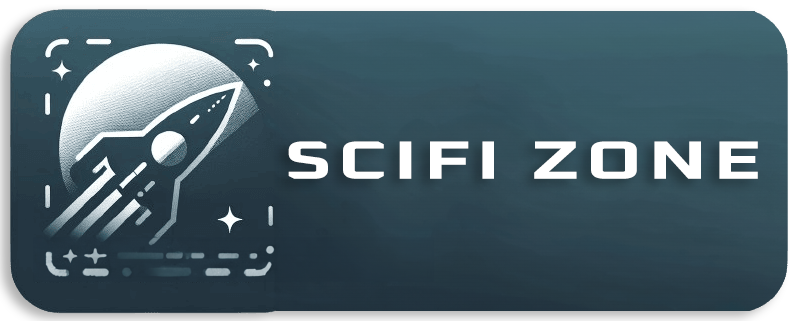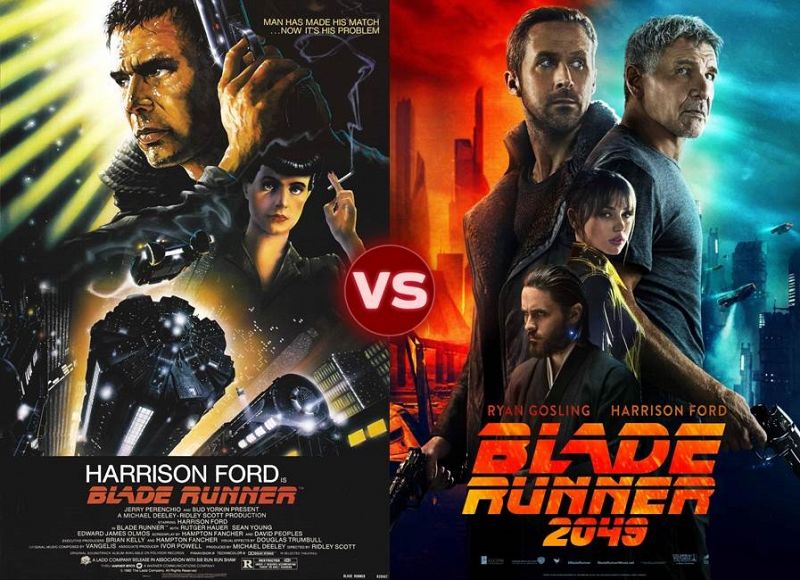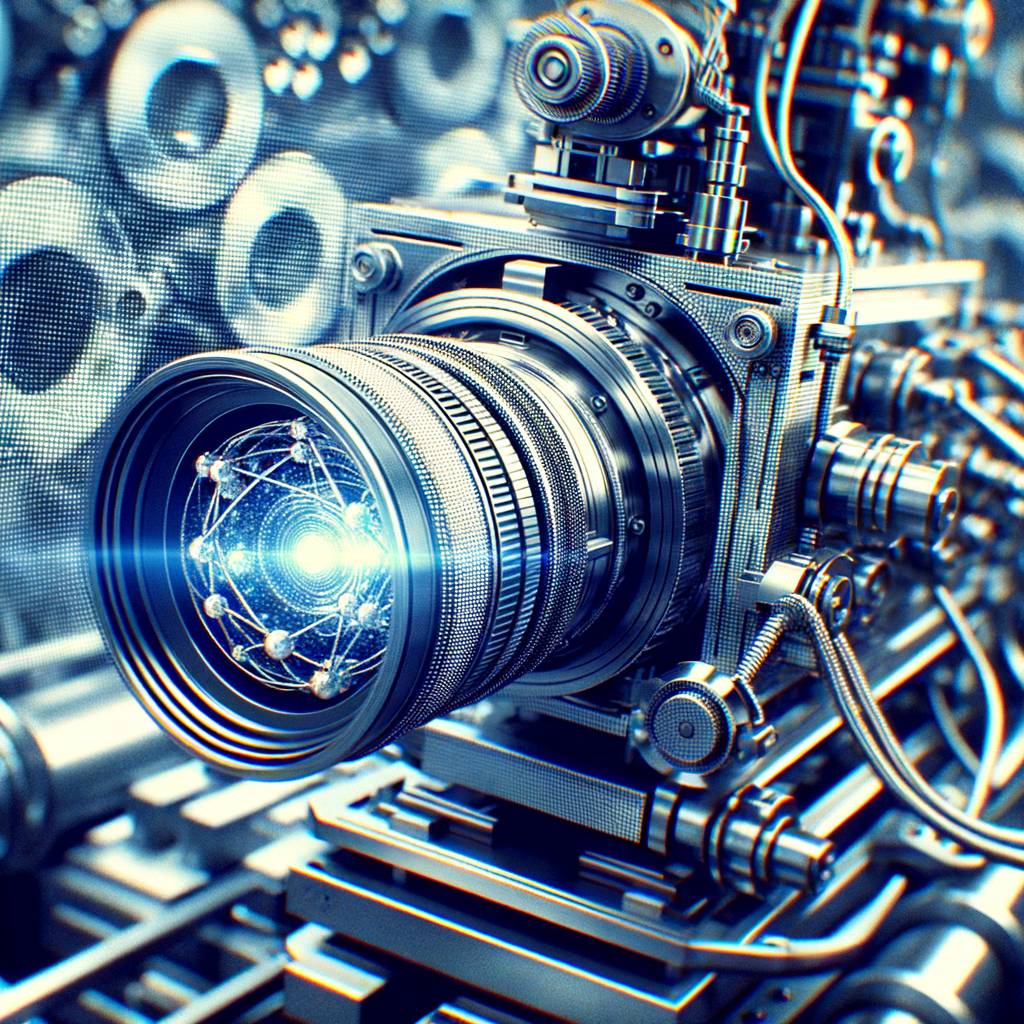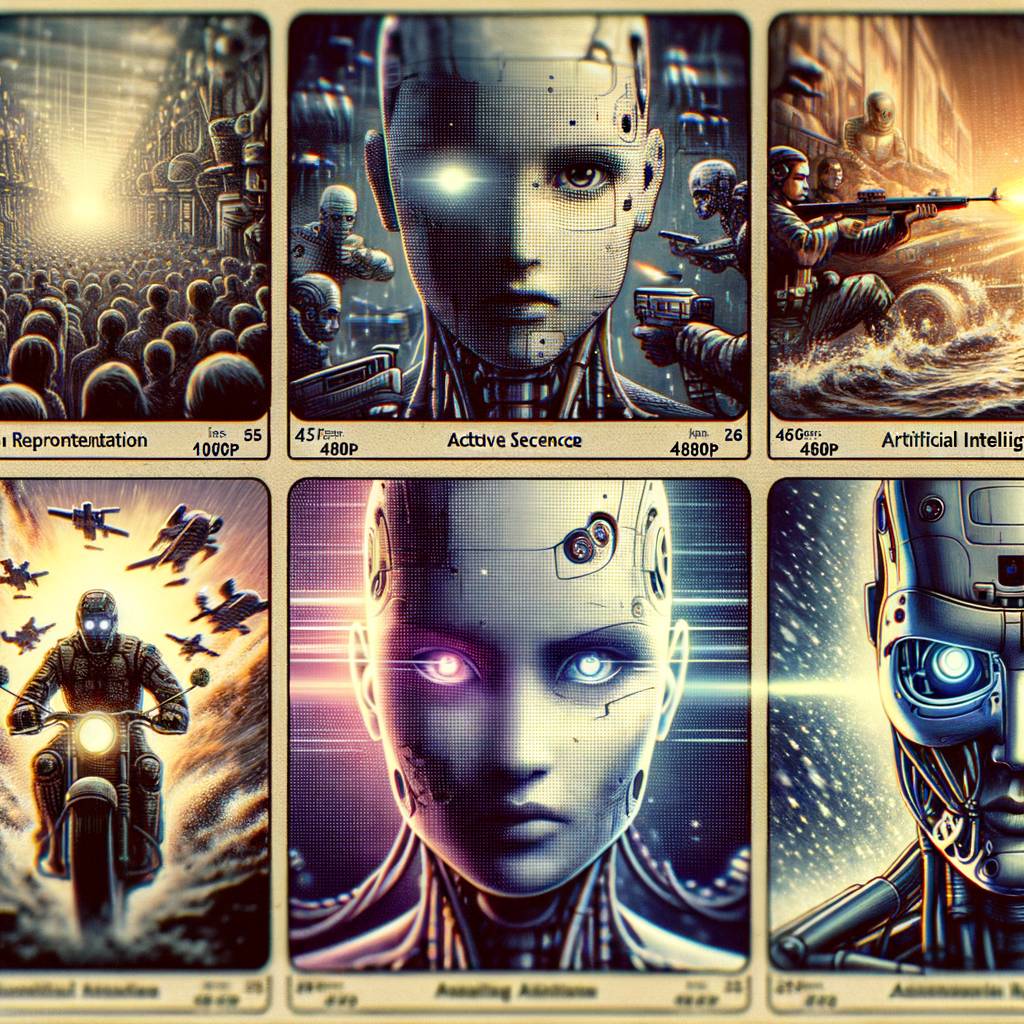When Ridley Scott’s Blade Runner was released in 1982, it presented a dystopian future that was both bleak and captivating. Fast forward to 2017, and Denis Villeneuve’s sequel, Blade Runner 2049, offered a fresh perspective on this dystopian world. But how has our view of dystopia changed between these two iconic films? Let’s delve into the evolution of dystopia in the Blade Runner universe.
The Dystopia of Blade Runner (1982)
The original Blade Runner was set in a 2019 Los Angeles, a cityscape dominated by megastructures, neon lights, and perpetual rain. The film’s dystopia was characterized by overpopulation, environmental degradation, and the ethical implications of advanced technology, particularly the creation of bioengineered beings known as replicants.
As Ridley Scott once said, “Blade Runner is a warning of what we could become if we don’t pay attention.”1 The film’s dystopia was a reflection of contemporary fears and anxieties, particularly about the rapid pace of technological advancement and its potential to dehumanize society.
The Dystopia of Blade Runner 2049 (2017)
Fast forward to Blade Runner 2049, and the dystopia has evolved. The film is set in a 2049 Los Angeles that is even more desolate and inhospitable than its predecessor. The city is now a sprawling wasteland, plagued by extreme weather conditions and devoid of any natural life.
The sequel explores new themes of dystopia, such as the commodification of memory and the erosion of personal identity. As Villeneuve stated in an interview, “In 2049, the Earth has suffered from several ecological crises. Humans have lost their connection with nature. As a result, they are becoming more and more artificial.”2
Comparing the Two Dystopias
While both films present a dystopian future, their visions of dystopia are shaped by the societal concerns of their respective times. The original Blade Runner reflected anxieties about the dehumanizing effects of technology, while Blade Runner 2049 reflects contemporary fears about environmental catastrophe and the loss of personal identity.
Moreover, the sequel expands on the original’s exploration of what it means to be human. In Blade Runner 2049, the line between human and replicant is blurred even further, raising profound questions about the nature of humanity in a dystopian future.
Conclusion: The Evolution of Dystopia
In conclusion, the comparison between Blade Runner and Blade Runner 2049 reveals how our view of dystopia has evolved over time. While both films present a bleak vision of the future, they reflect different societal anxieties and explore different aspects of the human condition.
From the dehumanizing effects of technology to the loss of personal identity, the Blade Runner films offer a fascinating insight into our changing perceptions of dystopia. As we continue to grapple with the challenges of the 21st century, these films serve as a stark reminder of the potential consequences of our actions.
As we look to the future, one thing is clear: the Blade Runner films will continue to resonate with audiences, offering a compelling vision of a dystopian future that is both a warning and a reflection of our own world.
1 Ridley Scott, interview with The Guardian, 2007.
2 Denis Villeneuve, interview with The Verge, 2017.



